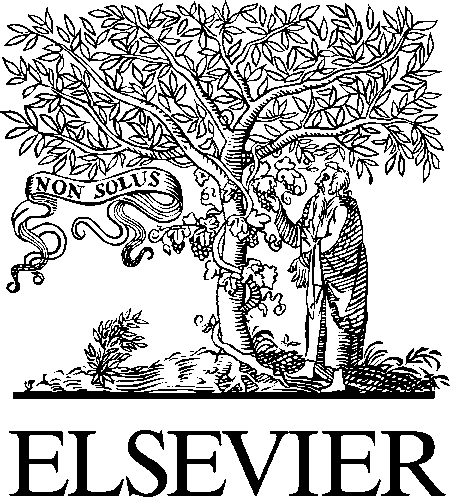Microsoft word - about faculty_2.docx
Prof. Nilkanth R. Pawar I.D.D. (Dairy Tech.), B.Tech (Dairy Tech.), M.Tech. (Dairy Chemistry) [email protected] Tel. : +91-2385-254754 Research and Teaching Activities: Prof. Nilkanth Pawar joined this Department in 2011 as an Assistant Professor and since involved in teaching various subjects of Dairy Chemistry to the B. Tech. (Dairy Technology) students. So far he is activel

 An antibacterial hydroxy fusidic acid analogue from
Liam Evans a, John N. Hedger b, David Brayford b, Michael Stavri c, Eileen Smith c,
Gemma O’Donnell c, Alexander I. Gray d, Gareth W. Griffith e, Simon Gibbons c,*
a Hypha Discovery Ltd., School of Biosciences, University of Westminster, 115 New Cavendish Street, London W1W 6UW, UK
b School of Biosciences, University of Westminster, 115 New Cavendish Street, London W1W 6UW, UK
c Centre for Pharmacognosy and Phytotherapy, The School of Pharmacy, University of London, 29-39 Brunswick Square, London WC1N 1AX, UK
d Department of Pharmaceutical Sciences, University of Strathclyde, 27 Taylor Street, Glasgow G4 0NR, UK
e Institute of Biological Sciences, University of Wales, Aberystwyth, Penglais, Aberystwyth SY23 3DD, UK
Received 3 May 2006; received in revised form 19 June 2006
A fusidane triterpene, 16-deacetoxy-7-b-hydroxy-fusidic acid (1), was isolated from a fermentation of the mitosporic fungus Acremo-
nium crotocinigenum. Full unambiguous assignment of all 1H and 13C data of 1 was carried out by extensive one- and two-dimensionalNMR studies employing HMQC and HMBC spectra.
An antibacterial hydroxy fusidic acid analogue from
Liam Evans a, John N. Hedger b, David Brayford b, Michael Stavri c, Eileen Smith c,
Gemma O’Donnell c, Alexander I. Gray d, Gareth W. Griffith e, Simon Gibbons c,*
a Hypha Discovery Ltd., School of Biosciences, University of Westminster, 115 New Cavendish Street, London W1W 6UW, UK
b School of Biosciences, University of Westminster, 115 New Cavendish Street, London W1W 6UW, UK
c Centre for Pharmacognosy and Phytotherapy, The School of Pharmacy, University of London, 29-39 Brunswick Square, London WC1N 1AX, UK
d Department of Pharmaceutical Sciences, University of Strathclyde, 27 Taylor Street, Glasgow G4 0NR, UK
e Institute of Biological Sciences, University of Wales, Aberystwyth, Penglais, Aberystwyth SY23 3DD, UK
Received 3 May 2006; received in revised form 19 June 2006
A fusidane triterpene, 16-deacetoxy-7-b-hydroxy-fusidic acid (1), was isolated from a fermentation of the mitosporic fungus Acremo-
nium crotocinigenum. Full unambiguous assignment of all 1H and 13C data of 1 was carried out by extensive one- and two-dimensionalNMR studies employing HMQC and HMBC spectra.